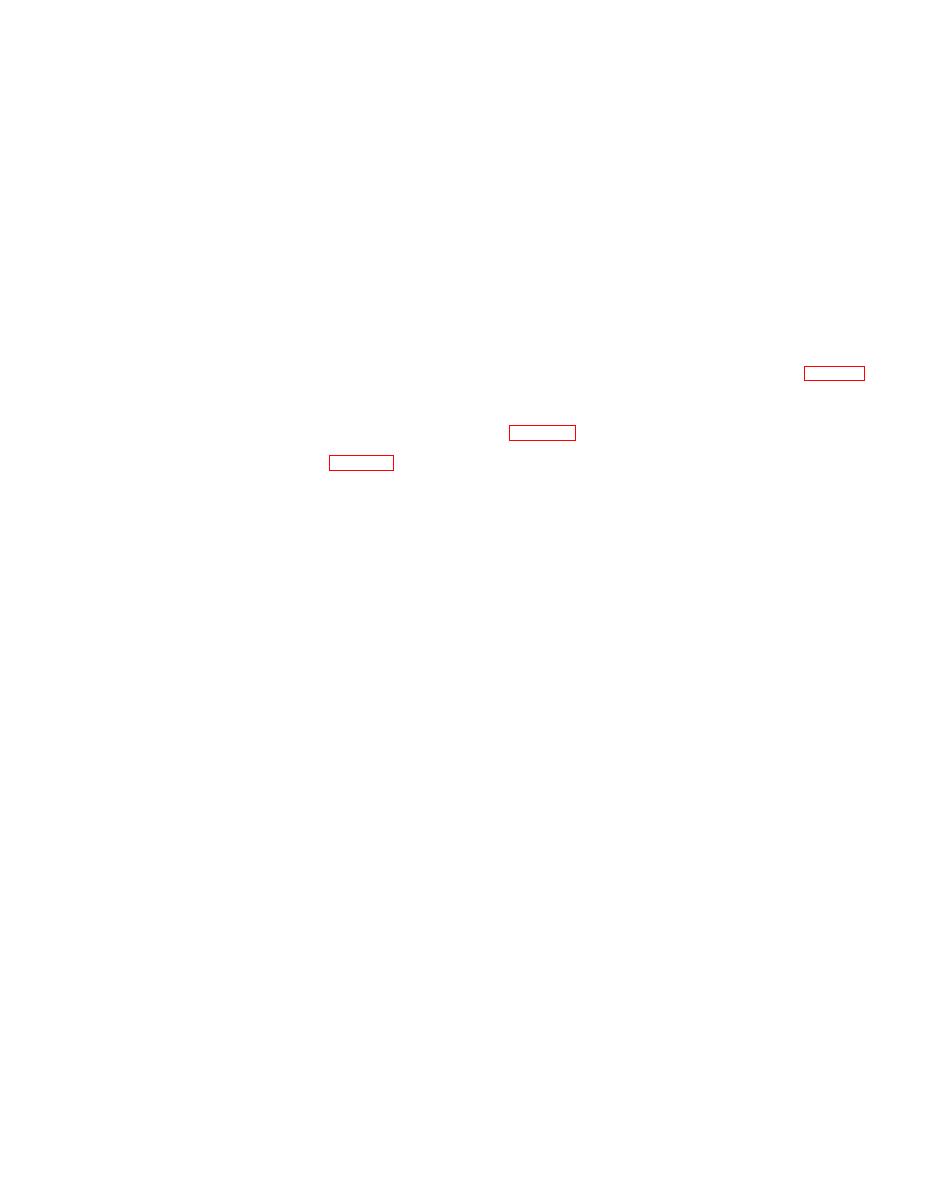
minute, unit will pump 36 gallons of solution in 24
cam follower. Each time the cam follower passes
hours. Intermediate settings on stroke control will
over the tip of a cam lobe, a stroke has been
produce pum page rates proportional to setting.
completed.
Pum page is also directly proportional to number of
(2) If maximum anticipated flow cannot be
strokes per minute.
obtained at time of adjustment, it will be necessary
to do some calculation. In general, the unit must be
(7) Chlorine residual test should be made at
frequent intervals to see that proper residual is
set so that the number of strokes per minute divided
being maintained. Over a period of time, character
by 12 equals actual flow at time of adjustment
of water may change and chlorine requirement may
divided by maximum flow to be treated. This
vary slightly. It may be necessary to change stroke
relationship is expressed as follows:
control setting from time to time to hold required
No. Strokes = Existing Flow
residual.
12
Maximum flow to be treated
2-9. Stopping
Assume, for example, that maximum flow to be
treated is 80 gpm, but actual flow is only 60 gpm
The shutdown of the hypochlorination unit is more
when unit is being adjusted. Since 60 is three-
or less automatic. The hypochlorinator will stop
quarters of 80, then the range adjusting valve
when water stops flowing through the main line
would be set to produce 9 strokes per minute. With
under treatment. It is advisable to remove the
this valve setting, hypochlorinator would operate at
hypochlorinator suction hose and strainer from the
12 strokes per minute when flow increases to 80
solution reservoir when the unit is not in operation.
gpm.
Examine balancing water valve strainer (fig. 5-3)
(3) Check to see that hypochlorinator is
and clean if necessary.
primed. Usually the apparatus will be self-priming.
If difficulty is experienced, the process may be
aided by bleeding air out of the pump block by
a. Hypochlorinator.
means of the priming plug (fig. 2-4). The plug
(1) The hypochlorinator is a hydraulically-
should be unscrewed during pumping (forward)
operated displacement pump in which a diaphragm
stroke and quickly tightened at beginning of
replaces the conventional piston. A controlled flow
suction (backward) stroke. If unit cannot be
of water is admitted through a flow controller to a
primed, check hypochlorinator suction line for air
chamber behind the valve diaphragm. If the cam
leaks.
roller is on a low portion of the cam, the pilot valve
(4) After hypochlorinator has been in
is open and no pressure exists behind the valve
operation for a short time; take a chlorine residual
diaphragm. As the cam rotates, the cam roller is
test. Refer to TB 3-6630-201-10 for proper
pushed forward and the lower end of the pilot valve
procedure for making test.
lever closes the pilot valve. Pressure then builds up
(5) If residual reading is low, increase strength
behind the valve diaphragm; enough force is
of hypochlorite solution. If reading is high, set
developed to overcome the force of the return
stroke control at "8" on dial, let unit run for a
spring. T h e pump shaft and pumping head
while, and take another residual test. If reading is
diaphragm move forward to execute the pumping
still high, reduce stroke control setting to "6". If, at
stroke. During this process, the suction poppet
a setting of "6" residual is still too high, dilute
valve is closed, the discharge poppet valve is open,
hypochlorite solution slightly and repeat test.
and solution is pumped out of the space between
Repeat this process until a satisfactory residual is
the head diaphragm and pump body.
obtained with a stroke control setting of between
(2) The pumping stroke continues until the
"6" and "10".
cam roller passes over the tip of a cam lobe. The
NOTE
follower immediately drops down to a low portion
The chlorine residual in the treated water should
of the cam, the pilot valve opens, and pressure is
he prescribed by the area medical officer as in-
relieved from behind the valve diaphragm. The
dicated after 10-minute contact.
return spring then pushes the pump shaft back to
open the balancing water chamber and to perform
(6) When residual test has been satisfactorily
completed, unit may be operated with little at-
the suction stroke. During this process the suction
tention until level of solution in reservoir drops to
poppet is open, the discharge poppet valve is closed,
within 2 or 3 inches of strainer. A new batch of
and a charge of hypochlorite solution is drawn into
the pump body.
solution must be made when this occurs. When
stroke control is set at "10" and hypochlorinator is
(3) It will be seen from this discussion that the
running at 12 strokes per minute, unit will pump
number of strokes per minute which are executed
60 gallons of solution in 24 hours. At a setting of
by the hypochlorinator is determined by the speed
"6" on stroke control and a speed of 12 strokes per
at which the cam rotates. The cam is paced from

